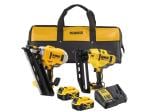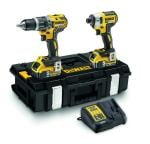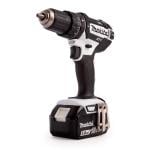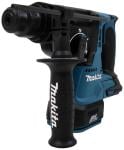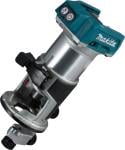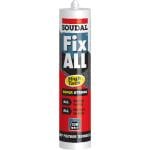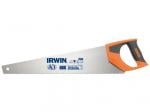How to Use a Tape Measure
A tape measure is perhaps one of the most common and inexpensive tools around, popular amongst DIY enthusiasts and professional builders alike. Surely known as simple and straightforward to use, this is not always the case. It may sound a little strange but there are many parts to the common tape measure that people do not know about and do not know how to properly use.
It is essential to know what you are using and how to use it to avoid annoying and even costly mistakes, so here we will go over the basics of the tape measure, its uses and a few hidden tricks of the trade to get you on the right track.
What Is a Tape Measure?
As most people know, a tape measure is a device used to measure length, distance or size similar in a lot of ways to a ruler. A commonly used item in every toolbox several components make up a tape measure that each serve a different purpose and use. Here we will describe each of these and what they do.
- The Housing – the plastic or sometimes metal container that houses the rest, it not only keeps the measure together but can be used to measure short distances itself. The length is handily usually written on the base for your reference and the length of the tape inside will also be clear on the side.
- The Tang – this will perhaps be more familiar to you when described as the metal bit on the end of the tape. Known more commonly as the clip or hook, this marks actual zero and is the point you should measure from. It may also have a hole so you can hook it onto a nail or screw to help gain the level of accuracy you need.
- The Blade or Tape – again fairly obvious, this is the part that you use to do your measuring, with lengths marked along with it in imperial, metric or both depending on your particular type. It is used by pulling the tang to the required distance before reading the numbers written on the face. There are a few different types of information on here that we will go into in more depth later.
- The Thumb Lock – a useful and important part of the tape measure, the thumb lock allows you to hold the tape at a certain length without it retracting or lengthening further. You can then move it where you need without compromising its accuracy and with minimal problems.
- The Belt Clip – while less of a feature than the others it is still worth mentioning that a belt clip is a handy addition to your tape measure ensuring it is right there when you need it and hassle-free.
The Type of Measurements It Takes
The first thing you should do is take out your own and have a look at it. Many tape measures will have more than one type of unit, with both feet and inches (‘and ‘’) and metres, centimetres and millimetres. You must pick one and stick to it.
There is a metric side and an imperial side so try not to confuse the two and switch units halfway through a job or you will be in trouble. Imperial measurements are usually large marks, with inches the largest line and 12 inches written as 1F or 1’. The next biggest line is then half a foot going down to 1/16 of an inch.
Metric measures are written in centimetres, with every ten often marked in red and each metre shown as well at the 100cm mark. This goes down to 1mm allowing you to get to the greatest degree of accuracy you can. Stud measurements are an extra feature that many do not realise they have. Shown by the red squares every 16 inches, these can help you quickly identify on-centre wall stud spacing. Located 16 inches from the end of the wall this is helpful when doing a job like installing baseboard trim to show you where these studs are.
Likewise, joint measurements are marked with black diamonds every 19 3/16 inches letting you identify where these joists are quickly and easily, ideal for any professional and enthusiastic amateur to know.
How to Properly Use a Tape Measure
While this may at first glance seem obvious, any small inaccuracies that you make while marking down the measurements you take can have a huge impact on your project so you must get it right. The old saying - measure twice, cut once – is a classic for a reason, and here are a few bits of information to help you get it right the first time. (Though do still check it!)
Make sure you measure from the correct starting point. If you want to start from zero this is found right at the end of the tang when measuring from the inside edge of an object like a door frame.
If measuring the outside the tang extends slightly to account for the missing 1/16thof an inch so make sure that this is the case and it is fully extended before you take your measurements.
If something falls between two measurements always round up. You can always sand off a little later, you can’t put more back on quite as easily. Now you are ready to start measuring, the process is fairly straightforward.
- Either catch the end or tang onto your object or press it against it depending on whether you are measuring inside or out.
- Keeping the tape as straight as possible, stretch it the required distance you are measuring.
- Lock the tape in place so it doesn’t retract or move at all and alter the reading.
- Mark or write down what you have measured.
- Remember to check it again!
Conclusion
Whether you are an occasional DIY fan or a professional in the building field a tape measure is a must-have fixture in your toolbox or on your belt, and now you know how to read it, what all the marks mean and the most accurate way to use it your tape measure should hopefully never let you down again.
Click here to see the tape measures that we sell in our stores and online


